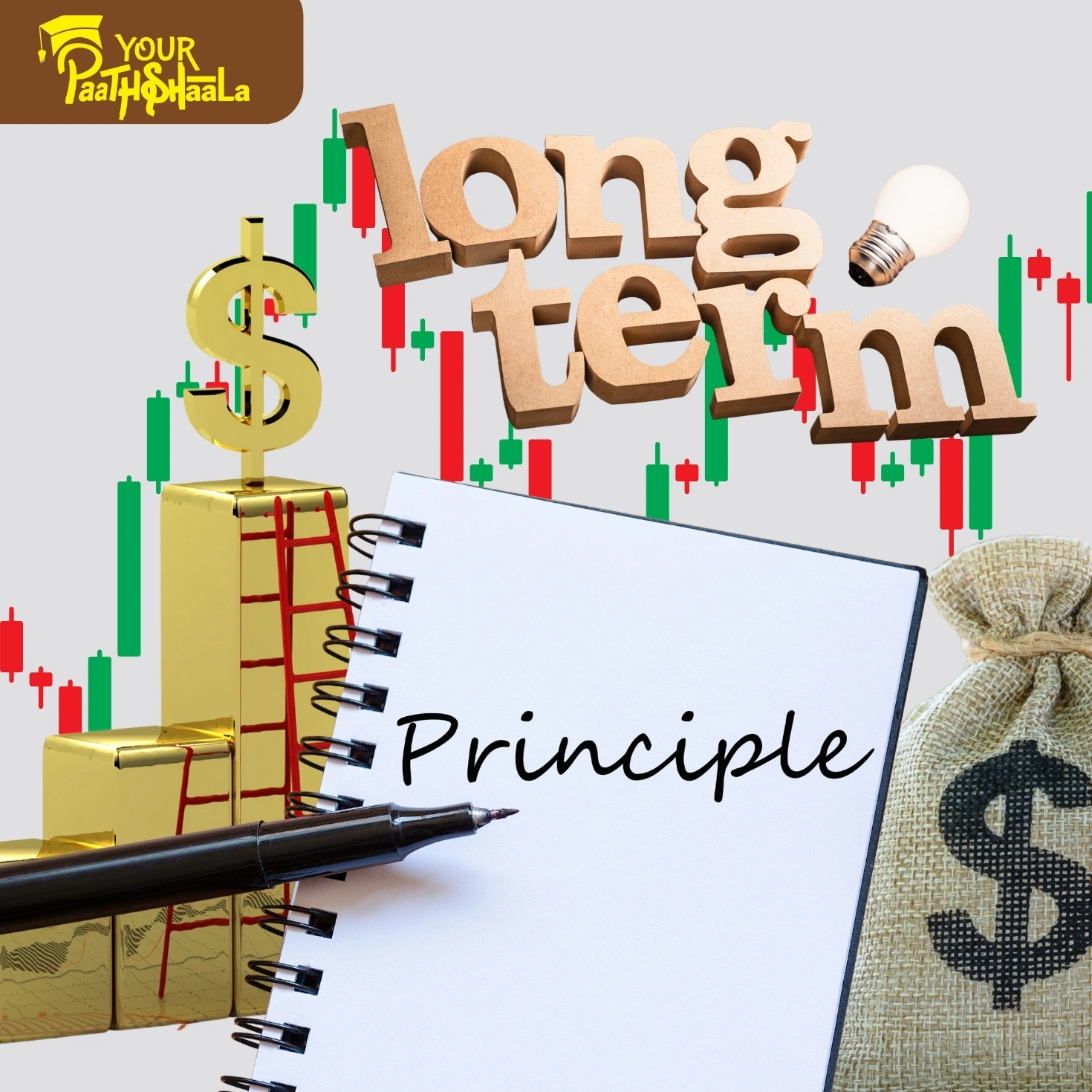What is Tax Efficiency? Tax-Efficient Investing Strategies: How to Maximize Returns and Minimize Taxes in 2025
When it comes to building wealth, smart investing is only half the battle. The other half is making sure you keep as much of your investment gains as possible. Taxes can quietly erode your returns, but with the right tax-efficient investing strategies, you can significantly boost your after-tax wealth. In 2025, as tax laws evolve and financial products become more sophisticated, understanding how to reduce your tax burden has never been more important.
This comprehensive, easy-to-read, SEO-friendly guide will walk you through everything you need to know about tax-efficient investing. From the basics of how investments are taxed to advanced strategies like tax-loss harvesting and asset location, you’ll find practical tips to help you keep more of what you earn. Whether you’re a beginner or a seasoned investor, this article will help you make smarter decisions and reach your financial goals faster1.
Why Tax Efficiency Matters for Investors
Whenever you earn money from your investments—whether it’s through capital gains, dividends, or interest—taxes may apply. Over time, even small differences in tax rates can make a huge impact on your net returns. By adopting tax-efficient strategies, you can:
Reduce your overall tax liability
Improve your after-tax returns
Accelerate your journey toward financial freedom
Understanding How Investments Are Taxed
Before you can optimize your taxes, it’s crucial to understand how different types of investment income are taxed. Here’s a quick overview:
1. Capital Gains
Short-Term Capital Gains: Profits from selling assets held for less than a year. Typically taxed at your ordinary income tax rate.
Long-Term Capital Gains: Profits from selling assets held for more than a year. Usually taxed at a lower, preferential rate.
2. Dividends
Qualified Dividends: Paid by domestic companies and some foreign firms; taxed at the lower long-term capital gains rate.
Non-Qualified Dividends: Taxed at your ordinary income rate.
3. Interest Income
Earned from bonds, savings accounts, and fixed deposits. Generally taxed as ordinary income.
4. Other Income
Rental income, royalties, and other sources may have their own tax rules.
Understanding these categories helps you choose the right strategies for your portfolio.
Core Tax-Efficient Investing Strategies
1. Tax-Loss Harvesting
Tax-loss harvesting is the process of selling investments that have declined in value to realize a loss. You can use these losses to offset capital gains from other investments, reducing your tax bill. If your losses exceed your gains, you may be able to use the excess to offset ordinary income and carry forward the rest to future years.
How to do it:
Review your portfolio for underperforming assets.
Sell these investments to realize a loss.
Reinvest the proceeds in similar (but not identical) securities to maintain your investment strategy and avoid wash sale rules.
2. Utilizing Tax-Advantaged Accounts
Certain investment accounts offer tax benefits, allowing your money to grow more efficiently:
Public Provident Fund (PPF): Contributions are tax-deductible, and returns are tax-free.
Employee Provident Fund (EPF): Offers tax-advantaged growth and withdrawals.
National Pension System (NPS): Provides tax deductions and efficient withdrawals.
Equity-Linked Savings Scheme (ELSS): Mutual funds with tax benefits under Section 80C.
Tax-Free Bonds: Interest income is exempt from tax.
By strategically using these accounts, you can shield a portion of your investments from taxes and accelerate growth.
3. Holding Investments for the Long Term
Long-term capital gains are usually taxed at lower rates than short-term gains. By holding investments for more than a year, you can reduce the tax burden on your profits. Additionally, long-term holdings may be eligible for indexation benefits, further lowering taxable gains.
4. Asset Location Optimization
Place tax-inefficient investments (such as bonds or REITs, which generate taxable interest or income) in tax-advantaged accounts. Keep tax-efficient assets (like stocks or equity funds, which may qualify for lower capital gains rates) in taxable accounts. This approach minimizes taxes on interest and dividends.
5. Managing Dividend and Interest Income
Dividends and interest are often taxed differently. Consider investments that pay qualified dividends or have tax-exempt interest (such as certain municipal or tax-free bonds) to improve your overall tax efficiency.
6. Gift and Estate Planning
Gifting strategies and understanding estate tax rules can help you transfer wealth efficiently and reduce tax liabilities for your heirs. For example, gifting appreciated assets can shift future capital gains to recipients in lower tax brackets.
Advanced Tax-Efficient Strategies
1. Systematic Withdrawal Plans (SWP)
For retirees, SWPs allow you to withdraw a fixed amount from your mutual fund investments periodically. By carefully planning withdrawals, you can manage your tax liability and ensure a steady income stream.
2. Tax-Efficient Fund Selection
Choose index funds or ETFs with low turnover, as frequent buying and selling within a fund can generate taxable events. Tax-efficient funds aim to minimize distributions and capital gains.
3. Rebalancing with Taxes in Mind
When rebalancing your portfolio, consider the tax impact of selling assets. Use new contributions or dividends to adjust allocations rather than selling appreciated assets whenever possible.
4. Charitable Giving
Donating appreciated securities to charity can provide a double tax benefit: you avoid paying capital gains tax and may receive a charitable deduction.
Practical Tips for Tax-Efficient Investing
Keep detailed records: Track all transactions, including purchase dates and prices, to accurately calculate gains and losses.
Consult a tax advisor: Tax laws change frequently, and professional advice can help you make the most of available strategies.
Review your portfolio regularly: Look for new tax-loss harvesting opportunities and rebalance as needed.
Stay updated on tax regulations: Changes in tax law can impact your investment decisions and strategies.
Use automated tools: Many platforms now offer tax optimization features, making it easier to implement these strategies.
Common Mistakes to Avoid
Ignoring taxes: Focusing only on pre-tax returns can lead to disappointment when taxes are deducted.
Frequent trading: Excessive buying and selling can trigger higher short-term capital gains taxes.
Missing deadlines: Failing to take action before year-end can mean missing out on valuable tax-saving opportunities.
Neglecting asset location: Placing the wrong assets in taxable accounts can increase your tax bill unnecessarily.
Case Study: Tax-Efficient Investing in Action
Imagine two investors, Asha and Rohan, both with ₹10 lakh to invest. Asha uses tax-efficient strategies, while Rohan ignores taxes.
Asha invests in ELSS funds, uses tax-loss harvesting, and holds for the long term.
Rohan invests in high-turnover funds, trades frequently, and ignores tax-advantaged accounts.
After 10 years, Asha’s after-tax returns are significantly higher, simply because she paid less in taxes and let her money compound more efficiently.
Frequently Asked Questions
Q: What is the difference between tax-deferred and tax-free accounts?
Tax-deferred accounts (like NPS) allow investments to grow without immediate taxes, but withdrawals may be taxed. Tax-free accounts (like PPF) offer both tax-free growth and tax-free withdrawals, subject to certain conditions.
Q: Can I use tax-loss harvesting every year?
Yes, you can harvest losses annually to offset gains and potentially reduce your taxable income.
Q: Are dividends always taxed at the same rate as capital gains?
No, dividend income and capital gains are often taxed at different rates. Qualified dividends may be taxed at a lower rate, while non-qualified dividends and interest are usually taxed as ordinary income.
Q: How can I minimize taxes when passing assets to heirs?
Consider gifting strategies, trusts, and understanding the rules around step-up in cost basis to help reduce estate taxes.
The Value of Professional Guidance
Tax-efficient investing can get complex, especially as your portfolio grows. Enrolling in a structured financial education course or working with a qualified advisor ensures you’re making the most of every opportunity to save on taxes and grow your wealth.
The Importance of Staying Informed
Tax laws and investment products are always evolving. By staying updated on the latest rules and best practices, you can adapt your strategy and continue to optimize your after-tax returns. Subscribe to financial newsletters, attend webinars, and consult with experts to stay ahead of the curve.
Visit YourPaathshaala
Near 🏥 Anjali Children Hospital, Tagore Nagar, Mathpurena, Raipur.
📫 PIN code: 492001, Chhattisgarh
📞 Click the Call Now to contact us!
Take your financial knowledge to the next level with YourPaathshaala—your trusted partner for investment education and market insight.







